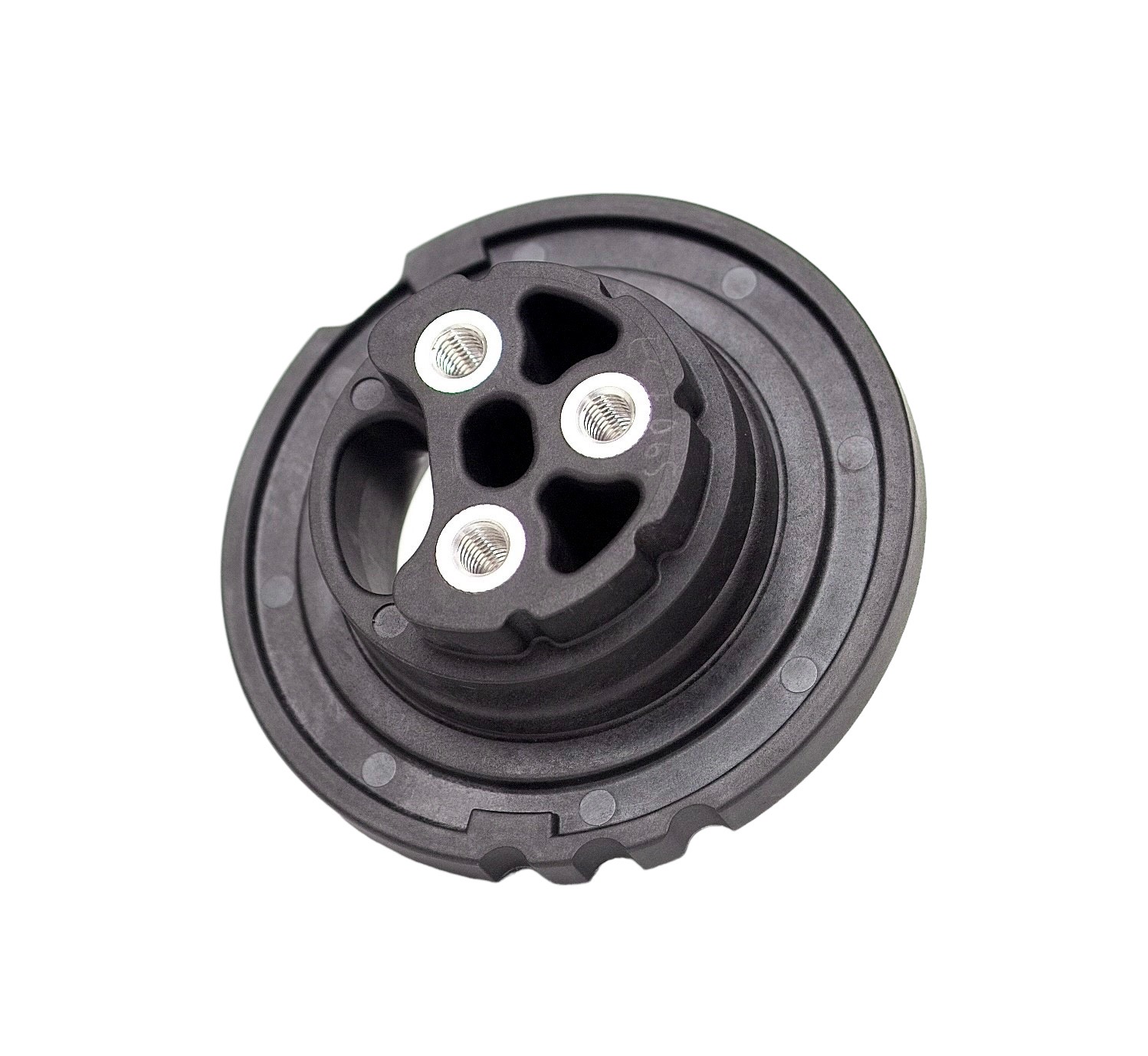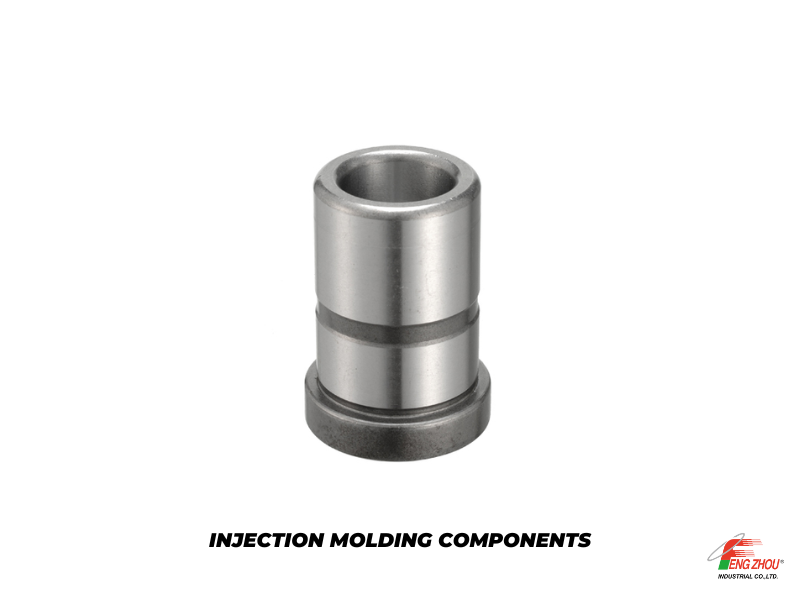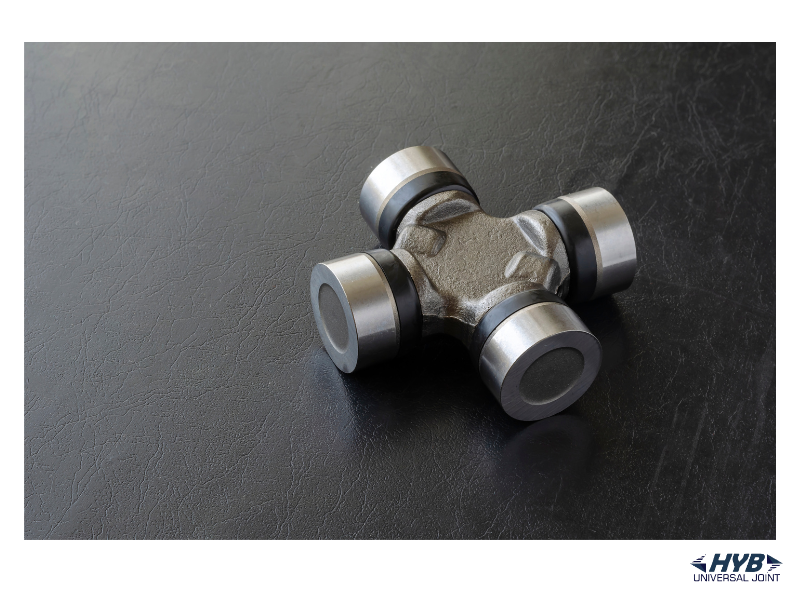Types of Universal Joint
2023-01-04Auto Parts From:SHIUH JI CO., LTD.

Types of Universal Joint
If you've ever worked on a car, you know the importance of a universal joint. This component is responsible for transferring power from the engine to the wheels, and it's essential that it function properly. If it doesn'twork properly, your car won't move.
There are many different types of universal joints available to you. Each one has its own strengths and weaknesses, so it's important to choose the right one for your needs. This blog post will introduce you to the different types of universal joints and help you choose the best one for your car.
Types of Universal Joint
There are four main types of universal joints:
1. Cross-Type Universal Joint
This type of universal joint is the most common. it's made up of two yokes connected by a cross-shaped piece. The cross-shaped piece allows the yokes to pivot, transferring power from the engine to the wheels.
The four bearings for each arm around the cross-piece enable the yoke to move about the trunnion while removing the driving and driven shafts from one another at an angle.
One advantage of this type of universal joint is its strength and durability. It can also be used in a wide range of applications. However, one downside is thatit's not as efficient as other types of universal joints.
2. Ring Type
This type of joint is distinguished by its use of a flexible ring. The shaft has two or three armed spiders, meaning that the arms are bolted to opposite faces of the flexible ring. One spider's arms are placed midway between the other’s for stability. The flexible ring is made of one or more rubber rings to provide enough strength.
The joints are designed to rotate about an axis perpendicular to the shaft. This makes them ideal for use in small spaces.
Instead of fabric rings, a number of thin steel discs are used. This joint provides enough axial movement to the shaft, so that torque fluctuations are smoothed out. It also does not require lubrication. The primary downside is that the ring does not last as long as other products.
3. Ball Trunnion Type Universal Joint
The ball-type trunnion joint is a versatile design that allows for both universal and slips joints. It consists of an abstract head fitted to one end, with steel balls pressed firmly into place between two pins at either end, which form what looks like ‘T’ shapes when drawn together linearly by lines radiating from their respective points along these installations' lengths wise directions.
4. Constant Velocity Type Universal Joint
Constant velocity-type universal joints have become increasingly popular in recent years. This type of universal joint is two joints acting on the same plane, allowing both driving and driven shafts to move at a constant velocity. We typically use these joints on vehicles with front-wheel axle drive. The speed difference between the driving and driven shafts will cause steering problems and excessive tire wear.
There are three types of constant velocity-type universal joints:
● Rzeppa - It contains spherical internal and external ball races whose grooves are cut parallel to the shaft. The steel balls are placed in those on the spherical races. Torque transmission is from one race to another ball. The pattern of balls causes shafts to turn at equal velocities. This type of joint is used in cars, buses, and trucks. it's also used in construction and agricultural equipment.
● Tracta - The joint uses four yokes instead of the usual two. Two of these yokes are fastened to shafts, while the other two float in the center of the joint.
● Bendix Weiss - This joint is held together by driving balls placed in a circle around a sphere, with four machined balls in close-fitting races within each yoke. The driving balls are arranged in a ring, just like the Rzeppa joint. The aligning action of the balls makes this a constant velocity joint.
Purpose of Universal Joints
While there are several types of u-joints, their primary purpose is to allow for changes in the angle between two connected shafts while transmitting torque. This function is important in vehicles and machinery that experience changes in the operating angle of connected shafts, such as four-wheel drive systems.
By accommodating this angle change and allowing for a variable operating range, U-joints help keeps machinery functioning properly even under extreme conditions.
Purpose of Universal Joints
While there are several types of u-joints, their primary purpose is to allow for changes in the angle between two connected shafts while transmitting torque. This function is important in vehicles and machinery that experience changes in the operating angle of connected shafts, such as four-wheel drive systems.
By accommodating this angle change and allowing for a variable operating range, U-joints help keeps machinery functioning properly even under extreme conditions.
Parts of a Universal Joint
As the name suggests, a universal joint comprises two parts: two yokes and the spider.
Driving Yoke and Driven Yoke
The driving yoke connects the input shaft to the u-joint, while the driven yoke connects the output shaft. These two yokes are connected by the spider, which allows for the relative movement necessary to accommodate changes in the angle between the shafts.
Spider
A cross member connects the yokes on either side of the spider. The shaft can be rotated at different angles with this setup. If the input shaft is straight, it will rotate the cross, making the output shaft rotate. You can see that both input and output shafts will have equal rotational speed.
Maintenance and Troubleshooting Tips for Universal Joints
You can extend the life of your u-joints by following a few simple maintenance tips:
● Lubricate the joints regularly: Like every mechanical component, u-joints need to be properly lubricated. Check the level of lubricant in the joint and replenish it as needed.
● Inspect the joint regularly: Take a close look at your u-joints regularly and check for signs of wear or damage. Cracks, corrosion, or excessive play in the joint indicate that it needs to be replaced.
● Avoid overloading: U-joints are designed to accommodate a certain amount of torque. Exceeding this limit can damage the joint and lead to premature failure.
Final Thoughts
Universal joints are an essential component of many machinery and vehicles. By understanding the different types of u-joints and how they work, you can ensure that your equipment is functioning properly and avoid costly repairs down the road.
If you are having trouble with your u-joints or are in need of a replacement, contact the experts at HYB Universal Joints, we will be happy to help you find the right joint for your application.















